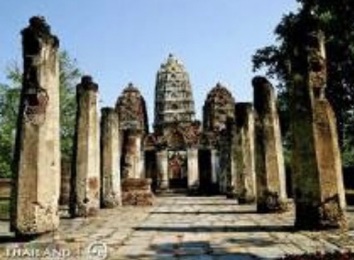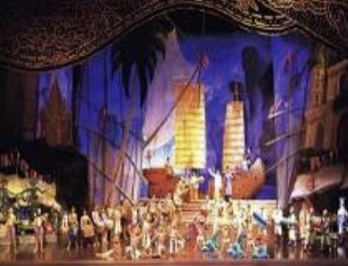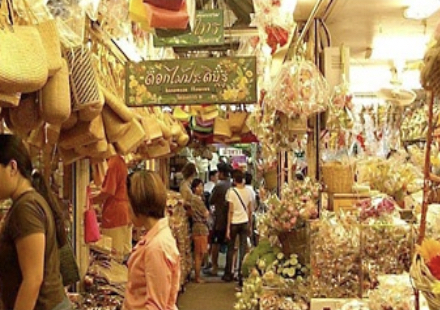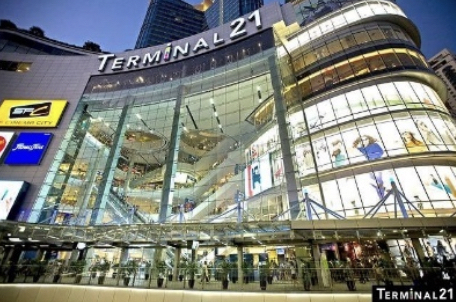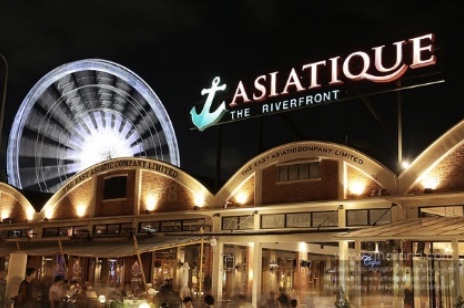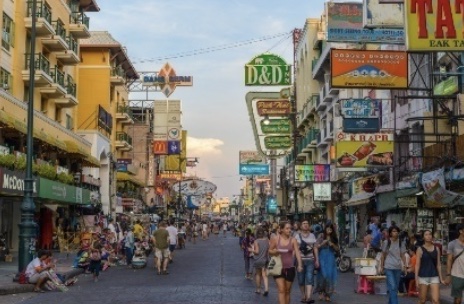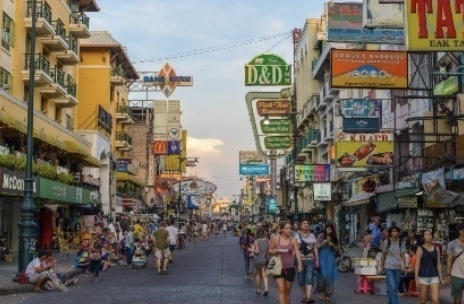Menu
General Information
1. Thailand fast fact / 2. Visa for Thailand / 3. Transportation / 4. Attractions
1. Thailand fast fact
Location: Thailand is situated in the heart of the Southeast Asian mainland, covering an area of 513,115 km2 and extending about 1,620 km from north to south and 775 km from east to west. Thailand’s borders connect to the following countries, the Lao People’s Democratic Republic and the Union of Myanmar to the North, the Kingdom of Cambodia and the Gulf of Thailand to the East, the Union of Myanmar and the Indian Ocean to the West, and Malaysia to the South.
Capital: Bangkok
Major Cities: North: Chiangmai,
South: Songkla and Phuket
Central region: Ayutthaya and Chonburi
North Eastern: Nakhon Ratchasima and Khon Kaen
Historical Background:
There are conflicting opinions as to the origins of the Thais. Three decades ago it could be said with presumed certainty that the Thais originated in Northwestern Szechuan in China about 4,500 years ago and later migrated down to their present homeland. However, this theory has been altered by the discovery of remarkable prehistoric artifacts in the village of Ban Chiang in the Nong Han District of Udon Thani Province in the Northeast. These include evidence of bronze metallurgy going back 3,500 years, as well as other indications of a far more sophisticated culture than any previously suspected by archaeologists. It now appears that Thais might have originated here in Thailand and later scattered to various parts of Asia, including some parts of China. Siam is the name by which the country was known to the world until 1939 and again between 1945 and 1949. On May 11, 1949, an official proclamation changed the name of the country to “Prathet Thai“, or “Thailand“, by which it has since been known. The word “Thai” means “free man“, and therefore “Thailand” means “Land of the Free.”
Climate:
Thailand is a warm and rather humid tropical country with a monsoonal climate. Temperatures are highest in March and April with an average temperature of 28 degrees Celsius to 38 degrees Celsius and humidity averaging between 82.8 and 73 percent
Population:
The population in Thailand is approximately 70 million, of which around 10 million live in the capital city, Bangkok.
Language:
The national and official language is Thai while English is widely spoken and understood in major cities, particularly in Bangkok and in business circles.
Religion:
Buddhists 94.2%, Muslim 4.6%, Christians 0.8%, others 0.4%.
Business Hours:
Government and business offices are open from 8:30 to 16:30 hours, Monday to Friday.
Weather conditions:
-
-
- Hot – March to May, the average temperature is about 35 ºC
- Rainy – June to October, the average temperature is about 29 ºC
- Cool – November to February, the temperature ranges from 20ºC to 32ºC
-
Clothing:
Thin cotton is the best. Jackets or sweaters may be necessary for a cool season, especially in the mountainous areas in the North or Northeast.
Foreign Currency Declaration:
As of 24 February 2008, under the relevant Thai law, any foreigner who brings or takes an aggregate amount of foreign currency exceeding USD 20,000 or its equivalent into or out of the Kingdom of Thailand shall declare such amount of foreign currency to a Customs Officer. Failure to declare upon bringing foreign currency that exceeds the amount restricted by law or its equivalent out of or into the Kingdom of Thailand or making any false declaration to a Customs
Electricity:
220 volts 50 cycles throughout the country
Banks:
Major Thai commercial banks include the Bangkok Bank, Siam Commercial Bank, Krung Thai Bank, Thai Farmers Bank, and Thai Military Bank. Business hours are 08:30 – 15:30 hours, Monday to Friday. Several international banks also have offices in Thailand.
Currency:
The Baht is the standard currency unit. 1 Baht = 100 satangs Bank Notes: 20, 50, 100, 500 and 1,000 Baht Coins: 1, 5, and 10 baht
Money exchange:
Banks or private money changers offer the best foreign-exchange rates. When buying baht, US dollars are the most accepted currency, followed by British pounds and Euros. Most banks charge a commission and duty for each traveler’s cheque when it cashed.
Credit Cards:
Major credit cards (American Express, Visa, Mastercard and Diners Club) are accepted at most hotels, restaurants, shops, malls and travel agencies.
ATMs:
ATMs are plentiful throughout Thailand, and most will accept cards issued by any of the major international banking networks (Plus, Cirrus, etc.) ATM fees vary depending on a few factors. It is possible that the Thai bank may charge a small fee for using their machine although it is in fact far more likely that you’ll be charged by your own bank for using the ATM card in another country. Charges depend on your bank and can either be a percentage of the amount withdrawn or simply a standard fee.
Health and Medical Facilities:
Bangkok has numerous clinics and hospitals catering to a variety of needs. Major public and private hospitals are equipped with the latest medical technology and internationally qualified specialists. Almost all pharmaceuticals are widely available. However, drinking tap water should be avoided.
Regulations for Foreign Visitors to Thailand:
Foreign nationals visiting Thailand must possess valid passports or accepted travel documents and appropriate visas before entering the country. Visitors from several countries are permitted to stay up to 30 days without visas, while visitors from some other countries are entitled to apply for visas on arrival for up to 15 days, provided they possess tickets confirming departure within 15 days at all ports of entry (for lists of such countries, please see menu tab ‘Visas and Travel Documents’ above). Transit visas permit stay for up to 30 days and tourist visas for up to 60 days. Non-immigrant, diplomatic, and official visas permit stay for up to 90 days.
Telephone Services: Direct Assistance: 1133 (Bangkok) and 183 (upcountry) Long Distance Service: 100 IDD: 001+country code+area code+phone number AT&T USA Direct Service:001-999-11111
Telephones:
Mobile coverage is very good throughout the country. For those who have compatible mobile phones, you may buy a pre-paid SIM card locally and use it with your phone. Check the GSM operators’ websites and also check your phone specification to find out whether your phone is compatible with the network in Thailand or not. Also, check that you do not own a mobile that has a locked SIM card. SIM cards may be purchased to allow you to use a service within Thailand at local rates. For more information, visit www.referbangkok.com/bangkok/telephone.php
2. Visa for Thailand
Generally, a foreign citizen who wishes to enter the Kingdom of Thailand is required to obtain a visa from a Royal Thai Embassy or a Royal Thai Consulate-General. However, nationals of the following countries are eligible for visa exemption or visa on arrival for a short stay:
http://www.mfa.go.th/main/en/services/123
Passport holders from the following countries are eligible for visa exemption to Thailand: http://www.mfa.go.th/main/en/services/123/15383-List-of-countries-which-have-concluded-Agreements.html
9.3 Transportation
There are many transportation means to get you around the city, making any trip convenient and enjoyable. Most of public transportations provide are inexpensive such as Tuk-Tuk, taxi, BTS skytain, MRT underground, etc.
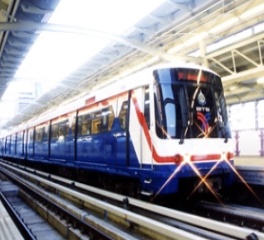 BTS
BTS
This BTS sky train has been designed to help you discover all the interesting sites and activities around Bangkok. It is a cheap, smooth, cool, clean and fast, it operates from 06.00 – 24.00 every day. The train is pretty full during peak hours 07.00 – 09.00 and 16.00 – 19.00 as the BTS has become a primary means of transport for people living and working in downtown Bangkok. For more information about the routes and fares, please visit www.bts.co.th Explore Bangkok by BTS Click here
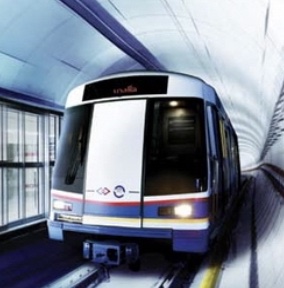 MRT
MRT
Fast and efficient, the Mass Rapid Transit network (MRT) serves 18 stations and stretches for 20 km. in horseshoe shape from Hua Lumphong in the South (near Chinatown) to Bang Sue in the North. Trains arrive every 5-7 minutes, and connect to the BTS sky train at Sukhumvit and Silom stations. For more information about the routes and fares, please visit www.bangkokmetro.co.th
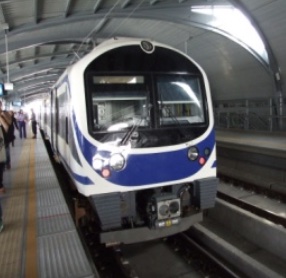 Airport Rail Link
Airport Rail Link
Airport Rail Link connects Suvarnabhumi Airport with downtown Bangkok. The train ride only takes 15-30 minutes from the airport. The Airport Rail Link station in Phaya Thai is connected to the BTS, while the station in Makassan is just walking distance from the MRT. The train service runs from 06.00 to midnight. For more information please visit www.srtet.co.th/en/index.html
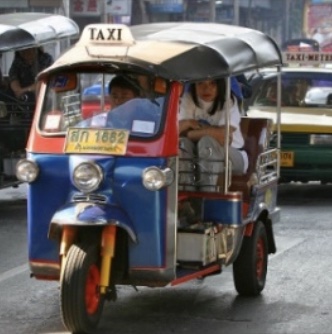 Tuk-Tuk
Tuk-Tuk
The open-air three wheels or Tuk-Tuk is popular among foreigners for short trip around the city, although they are most of the time more expensive than taxi. Expect to pay 40 Baht and upwards for a short journey, unless you are a good bargainer.
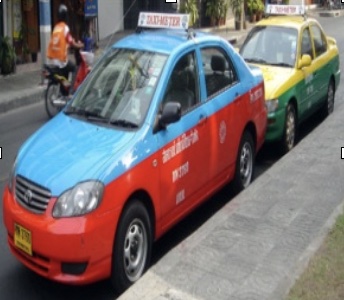 Taxi With radio and meter, air-conditioned taxi is cheap, plentiful and comfortable. Those with red light in front are vacant and stop for you instantly. The fare is from 35 Baht for the first 3 kilometers and the rate rises at 2 Baht increments
Taxi With radio and meter, air-conditioned taxi is cheap, plentiful and comfortable. Those with red light in front are vacant and stop for you instantly. The fare is from 35 Baht for the first 3 kilometers and the rate rises at 2 Baht increments
4. Attractions
Where to visit?
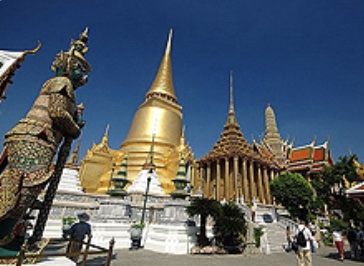 Wat Phra Sri Rattana Satsadaram (Wat Phra Kaew)
Wat Phra Sri Rattana Satsadaram (Wat Phra Kaew)
The King Rama I established the temple in the Grand Palace. The temple is renowned for having the world’s finest and longest compound walls, decorated with typical Thai murals, based on the Indian epic Ramayana. The statue of the Emerald Buddha, the most sacred of all statues, officially titled Phra Buddha Maha Maneerattana Patimakorn, is enshrined here.
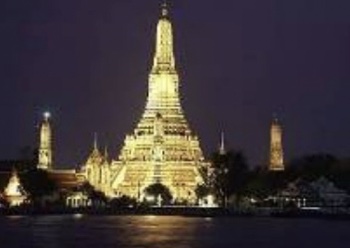 Wat Arun The temple was built during the Ayutthaya period and was originally called Wat Makok after the name of the local village Tambol Bangmakok. It means “Village of Olives”. Wat Arun gets its name from Aruna, the Indian god of the dawn, hence its common name The Temple of Dawn.
Wat Arun The temple was built during the Ayutthaya period and was originally called Wat Makok after the name of the local village Tambol Bangmakok. It means “Village of Olives”. Wat Arun gets its name from Aruna, the Indian god of the dawn, hence its common name The Temple of Dawn.
Ayuthaya, the ancient capital of Siam was said to have been one of the most beautiful cities in the world. Here you will see ruins of over 400 stone temples and Buddhist statues. At the Summer Palace at Bang Pa-In, there are a mixture of Thai, Chinese and Gothic architecture.
Help yourself to a delicious buffet before setting down to enjoy an award winning spectacular stage performance of Traditional Thai arts Culture. This captivating show will take you back in time to mystical bygone eras to uncover the history, customs & cultural treasures of the Kingdom of Siam.
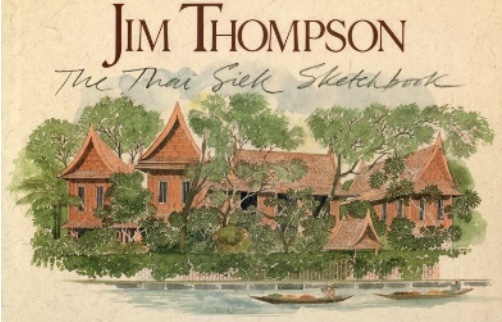 Jim Thompson House
Jim Thompson House
Jim Thompson’s three decades of dedication to the revival of Thai silk, then a dying art, changed the industry forever. After he mysteriously disappeared into the jungles of Malaysia, he left a legacy behind, which is reflected through his vast collections of Thai art and antiques now on display at the Jim Thompson’s House and Museum, itself a lovely complex of six Thai-style teakwood houses preserved to their original glory.
Where to shop?
Fully open on Saturdays and Sundays only. Provides shoppers with a huge ion of merchandise from t-shirts & souvenirs to tribal goods and antiques. One of the great bazaars of Asia. Be prepared to bargain.
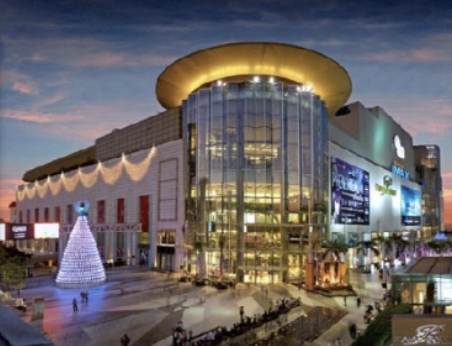 Siam Discovery, Siam Center and Siam Paragon
Siam Discovery, Siam Center and Siam Paragon
The largest modern shopping area in Bangkok, many brand name shops from around the world included fashion, housewares, children’s toy, clothes, International food court and also enjoy movies in modern cinema, such as three-dimensional at Krungsri IMAX in Siam Paragon. Moreover, you can enjoy with many kinds of fishes from deep sea, in located of the largest aquarium in the southern hemisphere” Siam Ocean World”
Terminal 21 is a shopping mall with a great theme that recreates several world-famous cities under one roof. Find yourself wandering around a maze of shops in Tokyo City, sauntering down London’s Carnaby Street, bagging a bargain in an Istanbul zouk, or shopping for something to fill your growling stomach at the Fisherman’s Wharf in San Francisco. The nine floors at Terminal 21 are all a different location, and the main hall is designed like an airport departures zone. This fun mall houses some 600 shops, a Cineplex, and a food court with all kinds of mouth-watering Thai and international fare.
Asiatique has successfully combined two of the most popular shopping experiences in the city: a night bazaar and a mall. Ten minutes downriver from Saphan Taksin BTS station this once-bustling international trade port has been transformed, with over 1,500 boutiques and 40 restaurants housed under a huge replica warehouse complex. Open from 17:00, spending an evening here is no problem: you’ll have good fun browsing the boutiques, picking up gifts or something for yourself; you are guaranteed to find something you would like to eat and if this isn’t enough entertainment, shows are performed nightly: Calypso ladyboy cabaret and soon, a classic Thai puppets performance.
Khao San Road takes off at night: neon signs flicker into life, music begins blasting from streetside sound systems, while the masses begin mapping out the long, alcohol-soaked night in front of them. And there’s no shortage of choices. From the (relatively) upscale Silk Bar and Cinnamon, to the quiet tranquility of the back-alley Hippie de Bar, or the crude charms of a kerb-side cocktail shack complete with plastic stools and ghetto blaster, there’s something to suit every mood, taste, budget and state of cleanliness. Some of the truly thrifty even opt to purchase beers from the local 7/11 and drink on the street, hobo style.
Chinatown is a colorful, exotic, and pleasingly chaotic area, packed with market stalls and probably the highest concentration of gold shops in the city. During major festivities like Chinese New Year and the Vegetarian Festival, the dynamism and spirit of celebration spread across town like wildfire, and if you happen to be around, don’t miss an opportunity to witness Bangkok Chinatown at its best.
Read more: http://www.bangkok.com/

